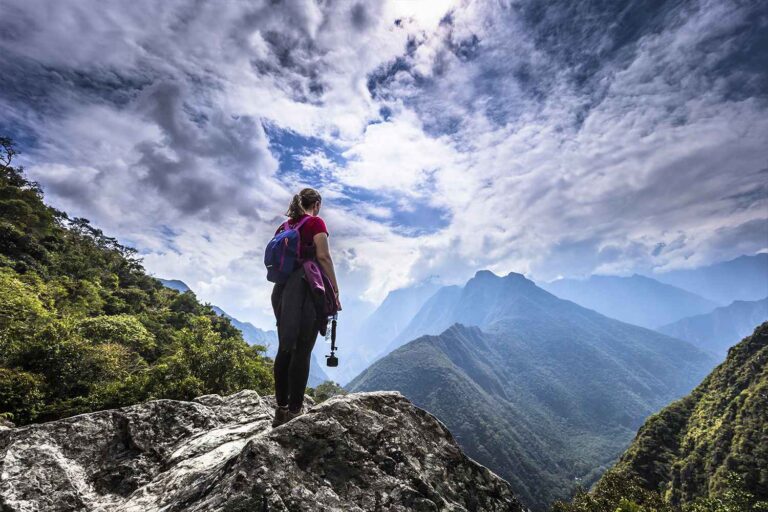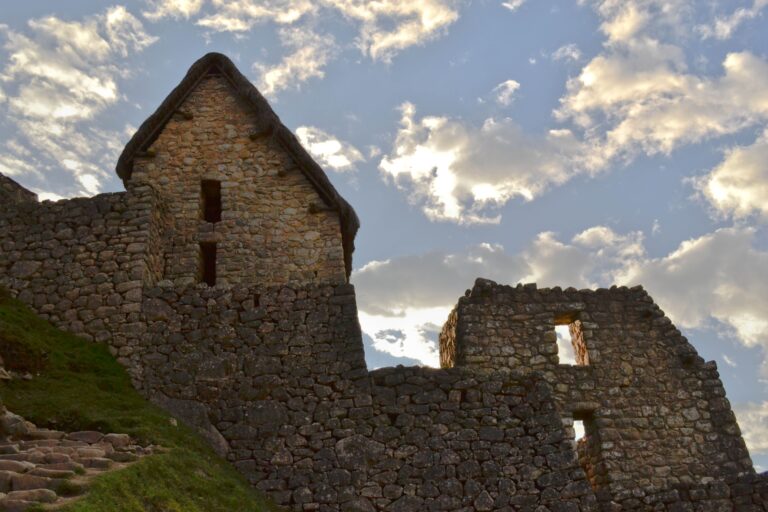✨ Decoding Social Layers: Unraveling Immigration & Social Class in Machu Picchu 🏛️
Machu Picchu is more than just a breathtaking archaeological wonder—it’s a vibrant tapestry of human experience that offers profound insights into the daily life of the Inca civilization. Recent scientific investigations, employing advanced isotopic techniques such as oxygen, strontium, and lead analysis, have started to reveal how immigration and social stratification shaped this iconic site. These studies suggest that Machu Picchu was a dynamic hub where individuals from diverse geographic regions converged. By analyzing the unique chemical signatures preserved in skeletal remains and artifacts, researchers have been able to trace the origins of different population groups, offering fresh perspectives on migration patterns. This evidence challenges the notion of a homogenous community, instead painting a picture of a society enriched by the influx of varied peoples and cultural influences—a mosaic of traditions and lifestyles that contributed to the city’s storied past.
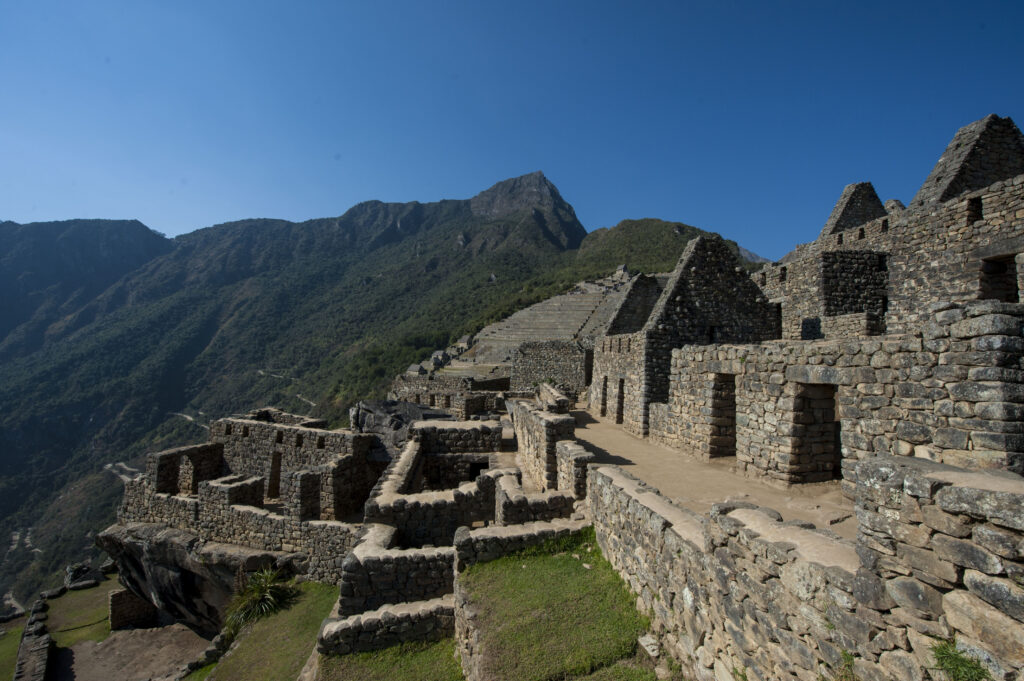
For centuries, historians and archaeologists have sought to understand the intricate social fabric of Machu Picchu. The breakthrough provided by isotopic analysis has been transformative in this quest. Variations in oxygen isotope ratios, for example, correlate with the climatic and environmental conditions of distant regions, suggesting that some of the inhabitants were not local to the Andean highlands. Complementary data from strontium and lead isotopes further indicate that these individuals may have traveled considerable distances before settling in Machu Picchu. This scientific approach has allowed experts to reconstruct migration routes and offer insights into how new populations integrated into the existing social order. The findings not only enhance our understanding of the Inca’s adaptability but also underscore the importance of cultural exchange in creating the rich, diverse heritage that continues to define Machu Picchu today.
Beyond migration, the isotopic evidence sheds light on the subtle nuances of social class within this ancient urban center. The chemical signatures discovered in human remains hint at differences in diet, mobility, and resource access among various groups, suggesting that social hierarchy was deeply embedded in everyday life. Distinct variations in isotopic composition reveal that some segments of the population enjoyed privileges that allowed them to lead lifestyles markedly different from those of their peers. These differences might reflect disparities in access to certain foods, trade networks, or even specialized occupations. By examining these delicate traces, modern researchers have pieced together a narrative in which social stratification played a pivotal role in shaping community dynamics. This refined understanding adds layers of complexity to our historical perception, transforming Machu Picchu from a mere relic into a living archive of social innovation and human resilience.
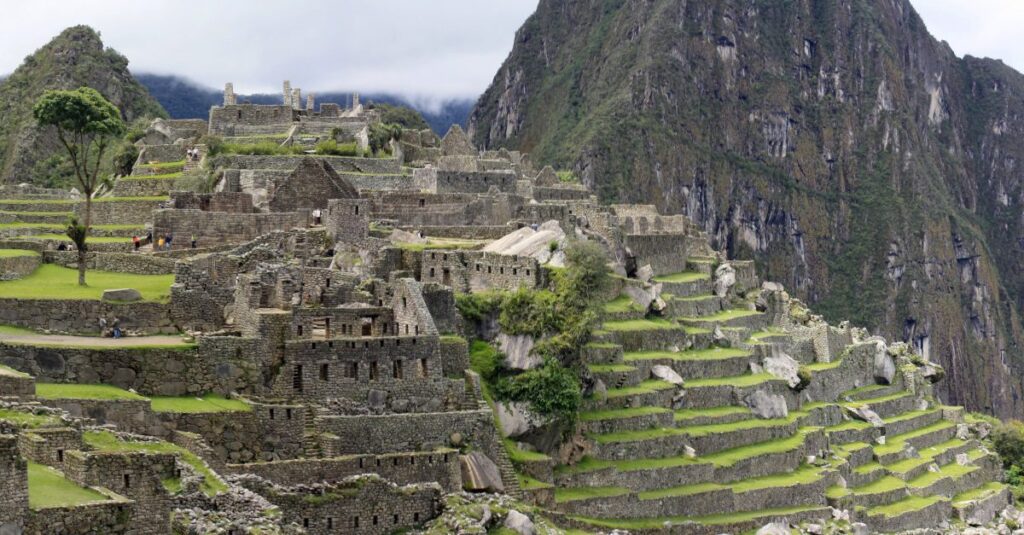
The emerging picture of Machu Picchu as a melting pot of diverse cultures and social classes invites us to rethink traditional interpretations of Inca society. Rather than viewing the site solely as a ceremonial or military complex, these new insights encourage us to see it as a bustling, multifaceted urban center where the interplay of different cultural influences contributed to a vibrant social fabric. The integration of immigrants into the local community appears to have fostered a unique blend of traditions and innovations, paving the way for advances in agriculture, architecture, and resource management. This interdisciplinary approach not only enriches our historical narrative but also inspires contemporary travelers to look beyond the surface. Each stone, terrace, and pathway of Machu Picchu now tells a deeper story—a story of human migration, adaptation, and the relentless pursuit of excellence.
For those eager to experience the profound legacy of Machu Picchu firsthand, these scientific revelations offer a gateway to understanding the true essence of this ancient marvel. Imagine walking through the ruins while being guided by the knowledge that every corner you explore is steeped in the histories of people from far-flung lands. The intricate details uncovered by isotopic analysis serve as a reminder of the rich human tapestry that once animated this sacred site. This immersive narrative transforms a typical visit into an enlightening journey, where each step connects you with the lives and struggles of those who built and sustained this extraordinary community. Embrace this opportunity to delve deeper into the mysteries of the Inca civilization and appreciate the legacy of cultural diversity that still resonates today.
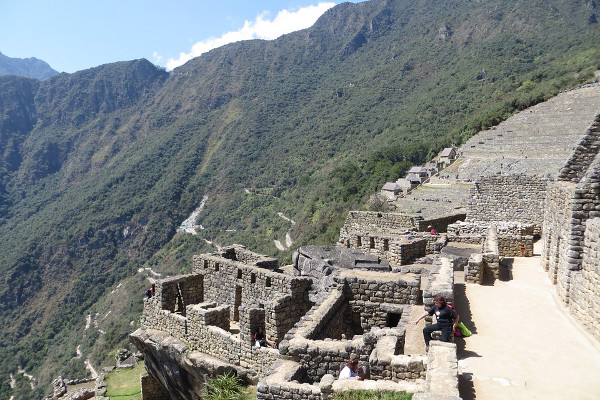
If you are ready to embark on an extraordinary adventure and unlock the hidden stories of Machu Picchu, our immersive audio guide is your perfect companion. This expertly crafted guide will take you on a journey through time, revealing the secrets of ancient immigration patterns and social dynamics while enriching your travel experience. Don’t just visit Machu Picchu—experience its timeless legacy and unravel the mysteries that have shaped one of the world’s most fascinating archaeological sites. Purchase your audio guide now.



